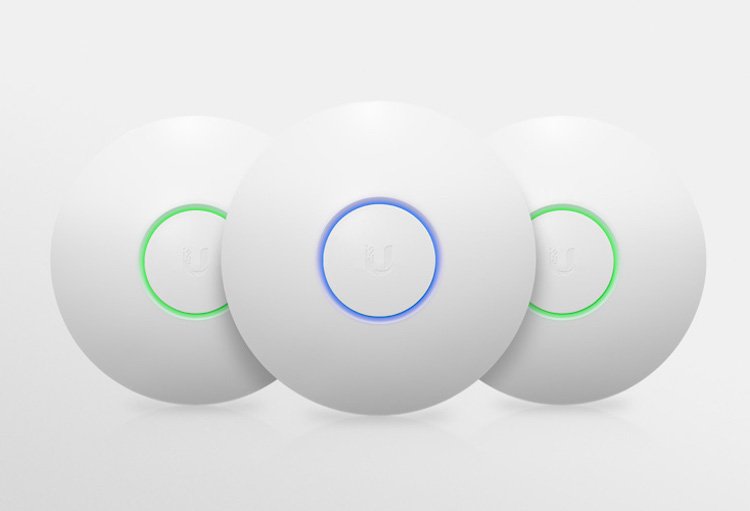Not long ago, having any type of electronic device on during a church service was highly discouraged. But times have changed. People are increasingly using electronic Bibles on their tablets and phones instead of paper Bibles. (We could get into a lengthy and heated discussion about which is better, paper or electronic Bibles. Both have their pros and cons. We will leave the details of that discussion to another article.) The congregation is tweeting and Facebooking sermon points during the service, further expanding the reach of your message. Newer sound systems, video systems, and live streaming systems all can use Wi-Fi systems.
The temptation is to go down to the local big box store and purchase the same Wi-Fi router that you would use in your home. There are at least a couple of reasons why this is not a good idea. First, churches are generally larger than houses. Many are built using interior steel or block walls. The standard home-class Wi-Fi system cannot cover the larger area and penetrate the block or steel walls effectively. Second, during a church service, you may have many more people trying to connect to your system than you would have in a home. A single person may have a phone, tablet, smart watch, and possibly other devices all trying to connect to your Wi-Fi. Multiply that by the number of people in your congregation and you can see that the load on your Wi-Fi system can grow exponentially. You will need a system designed for commercial use that is modular, can work effectively at greater distances, and can handle more devices.
You will need to look at a modular system that utilizes Mesh technology. Mesh technology allows you to deploy several Wi-Fi access points throughout your campus. When placed correctly, you should be able to move across your campus and seamlessly connect to the closest access point without re-entering login information.
An access point will only connect to so many different devices. This may mean that even though one access point may cover a given area, you will need two or more access points to provide connectivity for all your people. Most commercial-grade Wi-Fi systems will have different types of access points. Some will be designed for a longer range. Others may be designed for higher capacity.
Your Wi-Fi system will need at least two different SSID’s. One will allow your guests and congregation to access the Internet, but not your internal systems. The other will be for your staff and internal systems and will allow normal network connectivity between devices.
A properly designed church Wi-Fi system can help expand your reach and promote the spreading of the Gospel.


